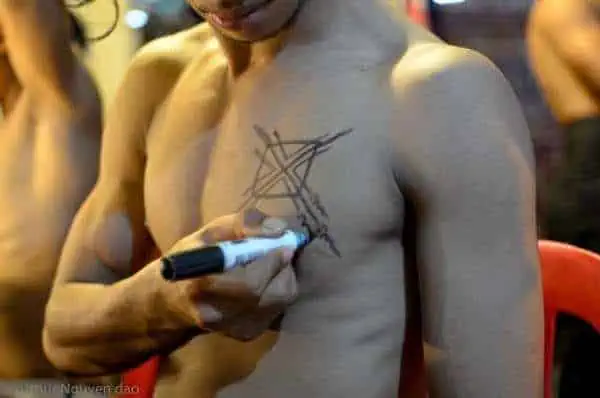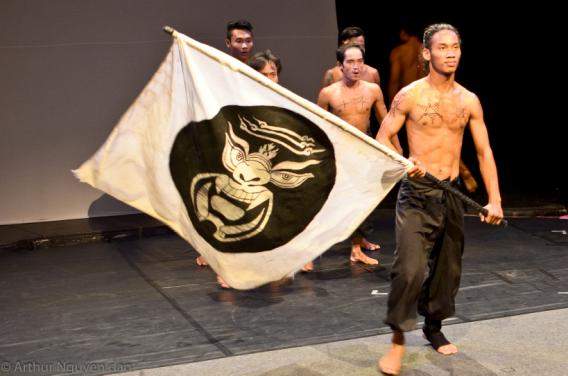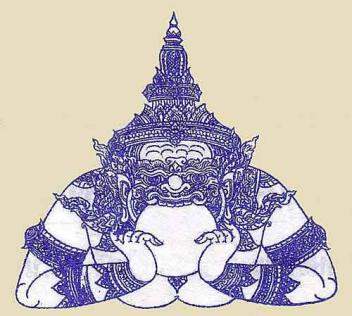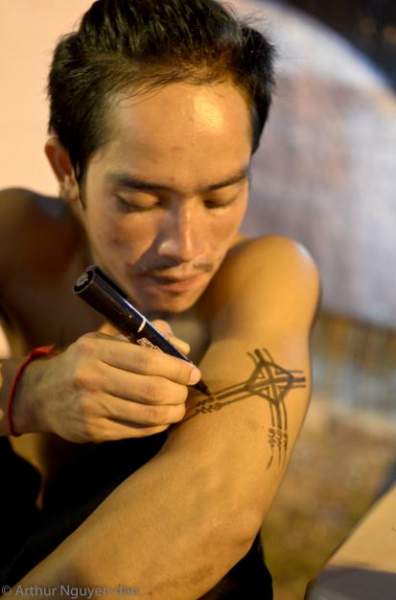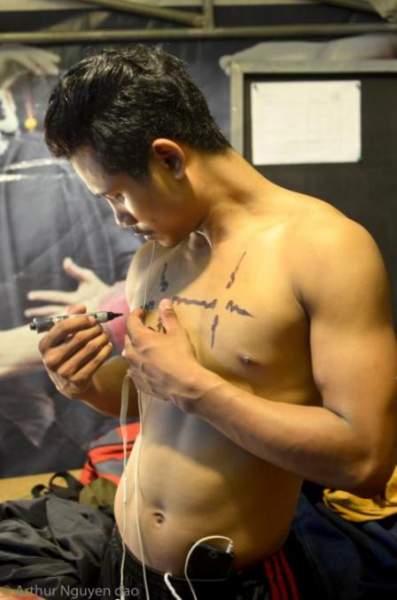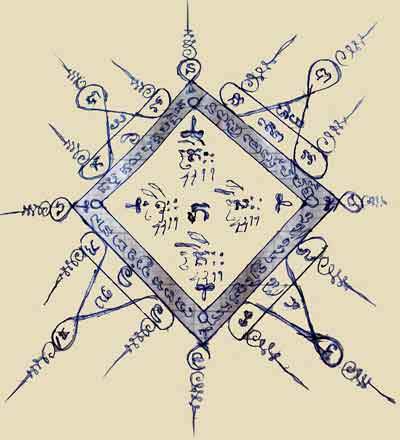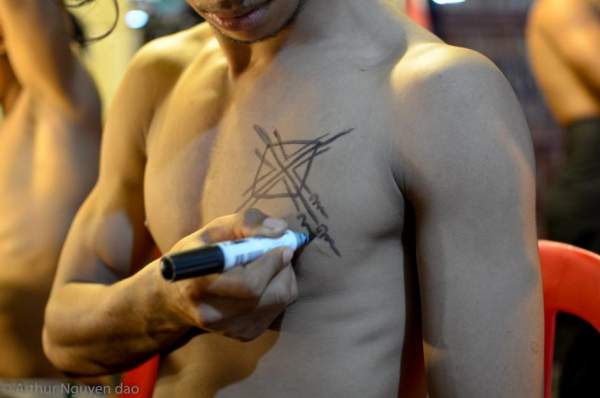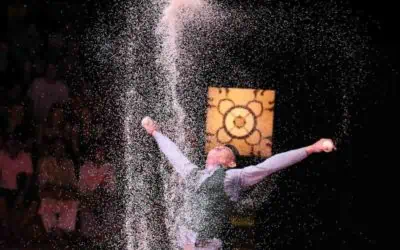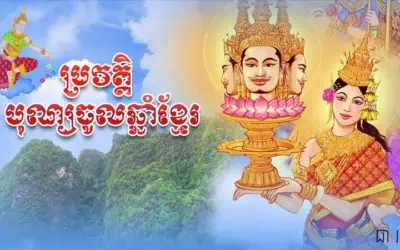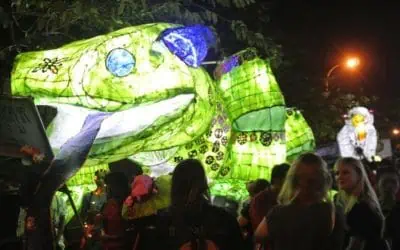Discover Cambodian Legends and Myths with Phare Circus!
By: Arthur Nguyen dao
Are you ready to embark on a magical journey through the heart of Cambodia? At Phare, our captivating shows not only entertain but also immerse you in the rich tapestry of Cambodian legends and myths. In this article, we’ll take you on a casual and friendly ride through the mystical world of Cambodian folklore.
Eclipsing Myths: Rahu and the Moon
Our show “Eclipse” is a treasure trove of Cambodian superstitions and legends. Let’s start with the show’s very name – “Rahu Chab Chann.” In Khmer, an eclipse is called this, which translates to “Rahu swallows the moon.” Who is Rahu, you ask? Well, he’s the king of demons in Cambodian folklore, and he’s a bit peculiar. Rahu’s got no body, just a head, and his favorite pastime is trying to devour the sun or the moon.
But here’s the twist: Rahu can’t actually keep these celestial bodies in his stomach because, well, he’s headless below the neck. So, the eclipse eventually ends, and everything goes back to normal.
Eclipses and Harvest Predictions
Fast forward to today, and Cambodians believe that the length of an eclipse can predict the harvest’s success. There’s also a charming tradition: making a wish during an eclipse. Locals believe that the gods are especially attentive during this celestial event, so don’t hesitate to make your wishes come true.
The Cosmic Origin Story
Now, let’s dive into the origin of this cosmic battle. It all began in the “Ocean of Milk,” according to Hindu mythology. From this mystical sea emerged the water of immortality, and guess who wanted a sip? The demons, known as Asuras. Enter Vishnu, who had a clever plan to keep the world safe. He transformed himself into an Apsara, a gorgeous dancer, to distract the demons.
While the demons were mesmerized, Vishnu swiped the water and gave it to the gods, known as Devas. But Rahu, ever the trickster, disguised himself as a god to sneak a sip. Vishnu caught on, and in a fit of rage, beheaded Rahu. But guess what? Rahu’s head survived because of the magic water. Now, he’s on a mission to get back at the sun and the moon.
Sak Yant Tattoos: Mystical Artistry
But that’s not all! In “Eclipse,” you’ll notice the mesmerizing geometric patterns painted on the performers’ bodies. These are Sak Yant tattoos, and they’re more than just body art; they’re steeped in history and mysticism.
These tattoos date back to the time of the Khmer civilization, around the third century A.D., when Pali was the spoken language. Originally, Buddhist monks got these tattoos for protection, and soon, even soldiers and warriors followed suit.
Symbols and Magic
The intricate drawings in Sak Yant tattoos have deep meanings. The circle symbolizes the face of Buddha, while the straight line represents soul purity. But it’s not just any line; it’s also a spear that wards off negativity.
But here’s the kicker: the magic of these tattoos isn’t activated by the ink alone. It needs a special touch from a monk who recites a unique mantra. The monk carefully selects those deemed worthy of this magical power. However, there are rules to follow, including prohibitions on stealing, killing, adultery, and alcohol. Devotees must also burn incense, pray, and recite mantras regularly.
Unleashing Potential
If you play by the rules and truly believe in the tattoo’s power, the possibilities are boundless. From invisibility to having impenetrable skin, Sak Yant tattoos offer an array of potential abilities.
A Message of Morality
Sak Yant tattoos aren’t just about superpowers; they also carry a message. They encourage not only faithful behavior but also promote moral values, aiming to inspire a virtuous society.
So, there you have it, dear travelers! When you visit Cambodia, don’t miss the chance to explore our enchanting myths and legends through a Phare Circus performance. Whether you’re drawn to celestial battles or mystic tattoos, our shows have something extraordinary to offer. Join us on this magical journey and experience the wonder of Cambodia’s rich folklore!
Learn more about the show “Eclipse“.
Read about the symbolism in another one of our shows, ‘Sokha’, here.

